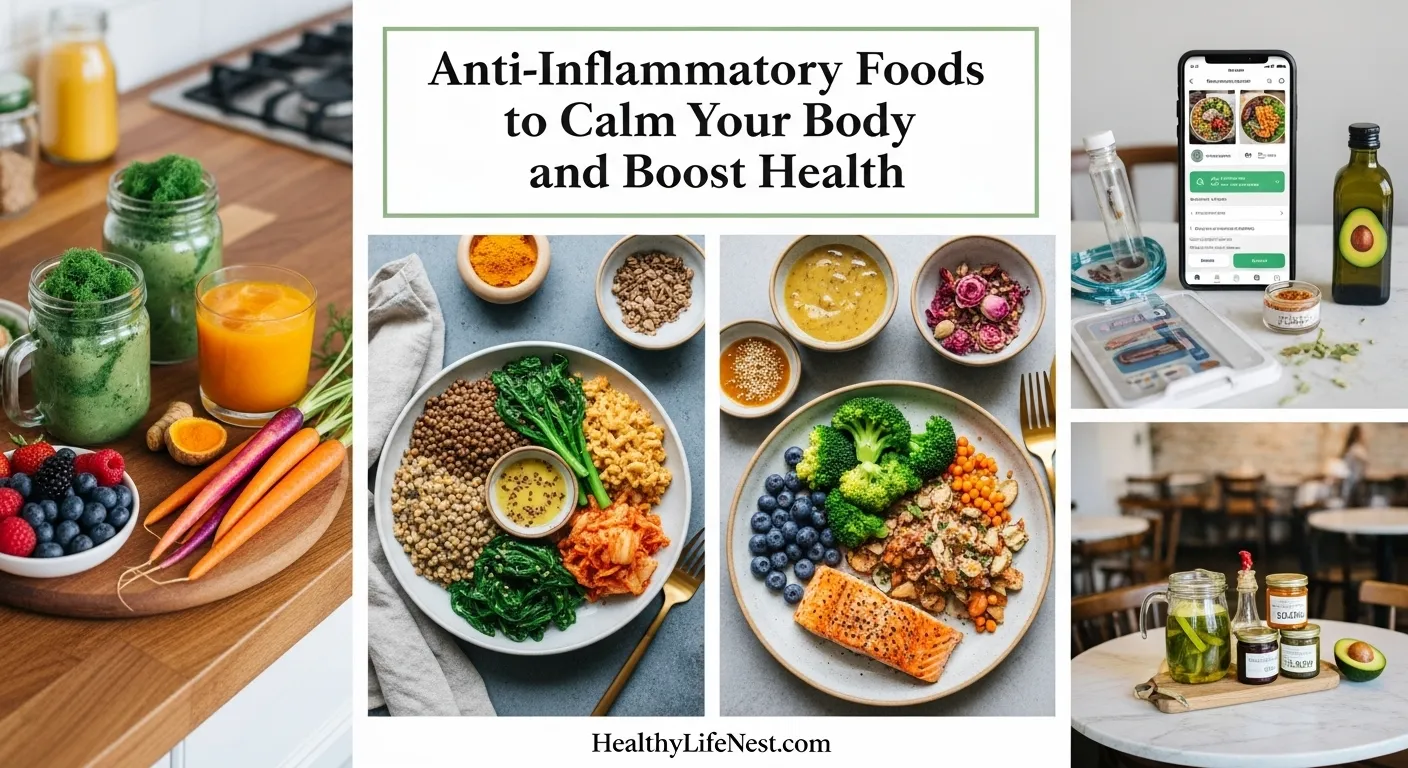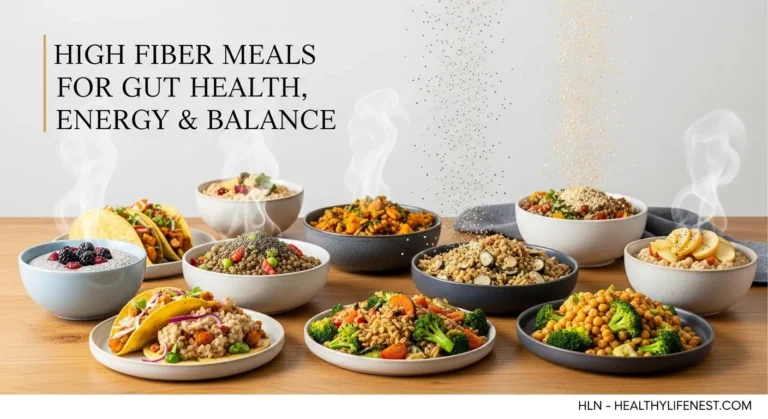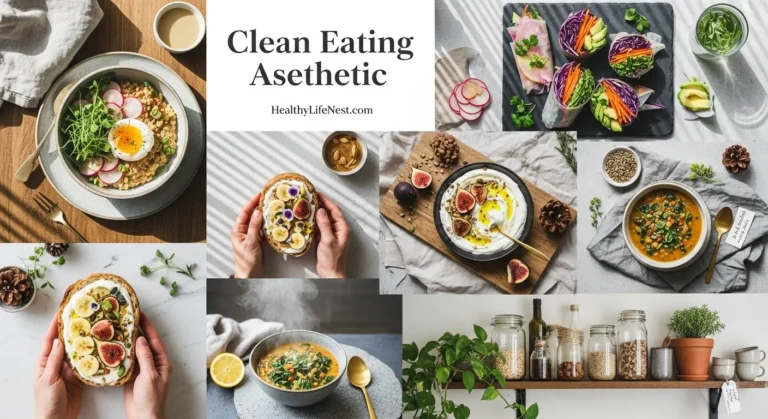Anti-inflammatory foods to calm your body and boost health
Inflammation is your body’s natural way of fighting harm, but when it lasts too long, it can cause problems. Joint pain, skin flare-ups, bloating, fatigue—these are often signs of silent inflammation inside. Choosing the right foods can make a real difference. Anti-inflammatory foods are more than a trend—they’re a way to feel better from the inside out.
What anti-inflammatory eating really means
It’s not about following strict rules or cutting everything out. It’s about filling your plate with foods that support your body’s healing response. These foods help lower inflammation naturally, without needing anything extreme.
Trending anti-inflammatory foods in 2025
- Sea moss smoothies with fresh fruit
- Rainbow carrots with garlic hummus
- Sardines or anchovies on toasted rye
- Tart cherry and magnesium water blends
- Cold-pressed flax oil in warm grain bowls
- Fermented red cabbage, radish kimchi, and gut shots
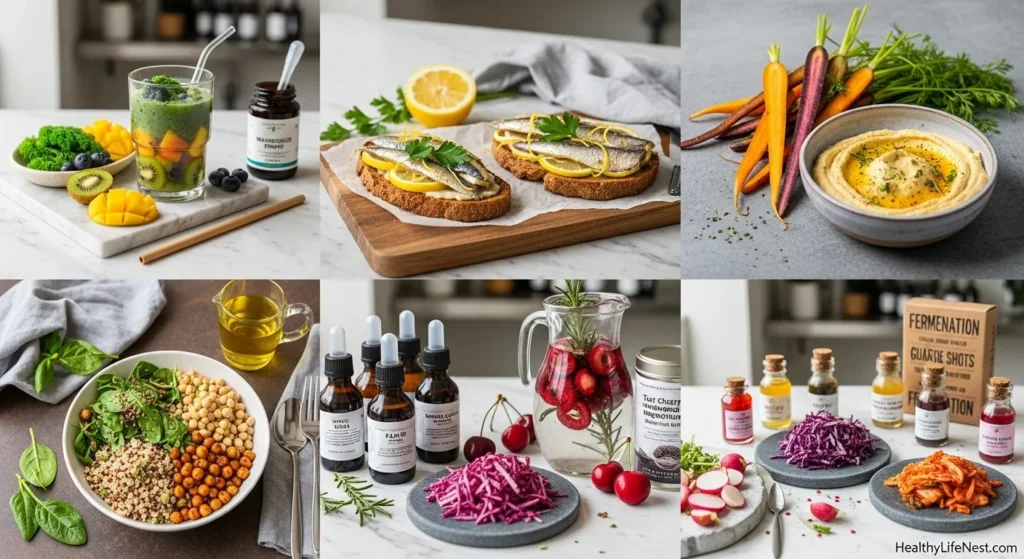
These ingredients are popping up in kitchens and cafes across Europe and the U.S.—not only because they look beautiful, but because they help people feel clearer, lighter, and less bloated.
Tip of the day
Add one anti-inflammatory food to each meal instead of trying to change everything at once. Small shifts lead to lasting changes.
Easy anti-inflammatory meals to try
- Overnight oats with chia seeds and warm cinnamon
- Sautéed greens with turmeric and olive oil
- Roasted salmon with fresh herbs and steamed broccoli
- Lentil soup with ginger, garlic, and miso
- Greek salad with wild blueberries and toasted walnuts
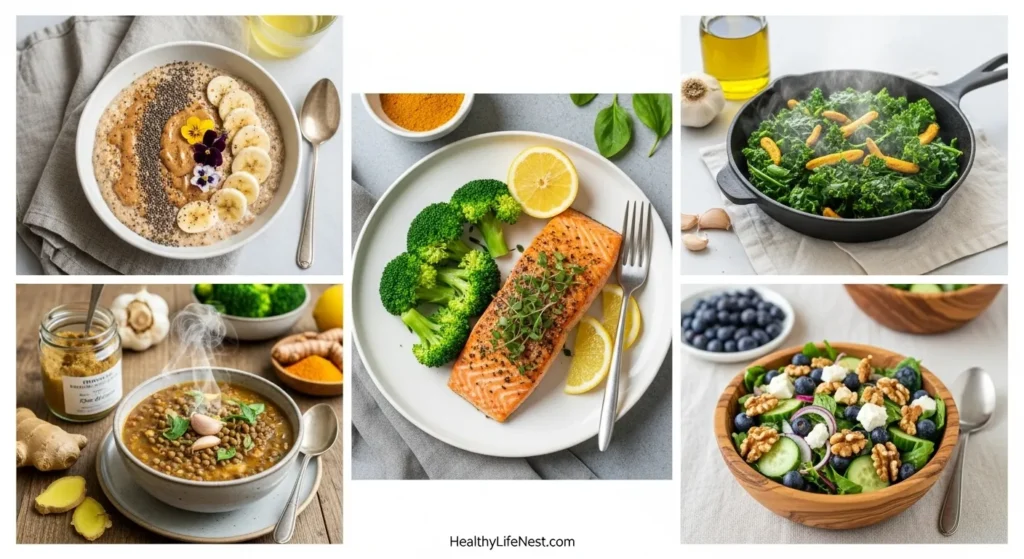
Meals like these are soothing and deeply satisfying without feeling like “health food.”
Elegant swaps to reduce inflammation
- Replace dairy cream with oat or cashew cream
- Use herbs like rosemary instead of heavy sauces
- Choose fresh fruit over packaged sweets
- Cook with avocado oil instead of seed oils
- Pick whole grains instead of white bread or pasta
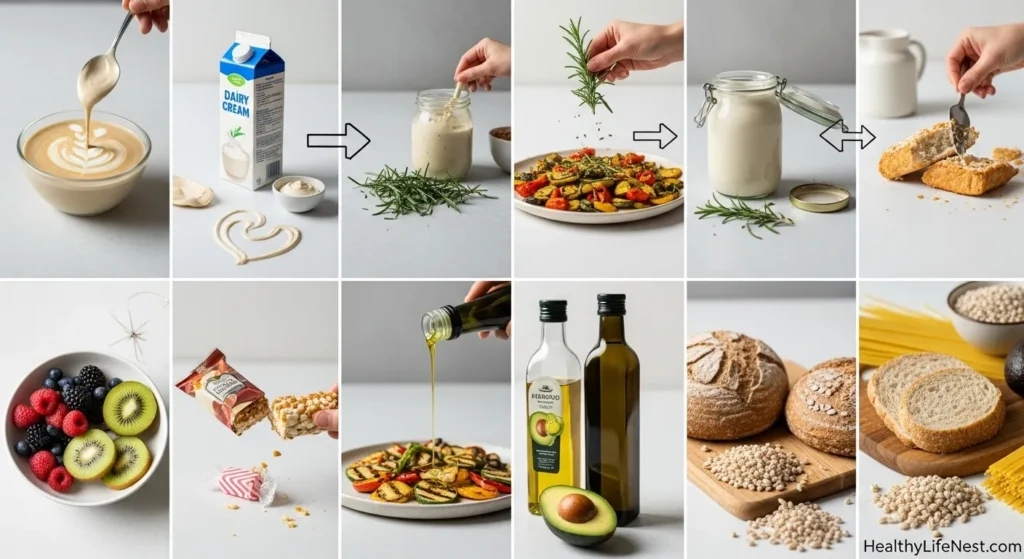
Each swap supports your body’s balance without losing flavor or beauty on the plate.
What’s new in inflammation support
- AI-guided food tracking for inflammatory responses
- Microbiome-testing kits suggesting food choices
- Functional teas made from turmeric, rose, and sea buckthorn
- Edible skincare blends—like collagen with vitamin C berries
- Spice-based tonics served in wellness cafés

This growing field blends science and tradition in exciting ways, making anti-inflammatory food both trendy and timeless.
Does and Don’ts
Do:
- Cook with fresh herbs and spices often
- Drink water infused with lemon or cucumber
- Rotate your vegetables and fruits
- Slow down and chew fully
Don’t:
- Depend on ultra-processed snacks
- Skip meals and overcompensate later
- Let stress guide your food choices
- Assume healthy equals bland

Quote
“Every bite can be medicine or poison. Choose wisely.” – Traditional saying
Note
Your gut health and inflammation are deeply connected. Fermented foods, fiber, and gentle spices can help restore balance naturally.
What makes this topic so approachable
You don’t need to change your entire kitchen to feel the difference. Adding a handful of berries, a pinch of turmeric, or a splash of good olive oil can calm your body in surprising ways. These foods don’t fight your body—they work with it.

